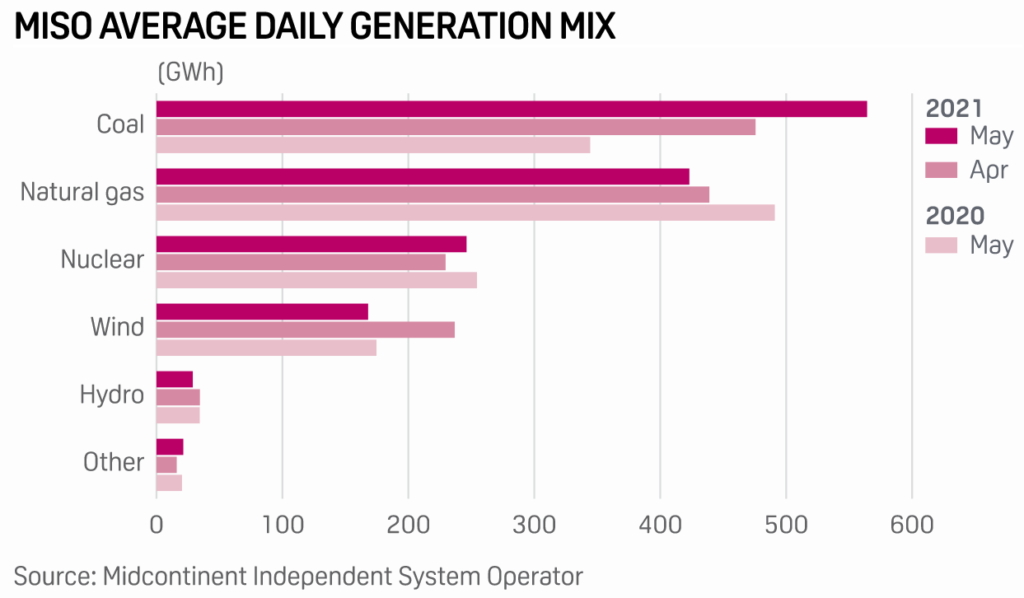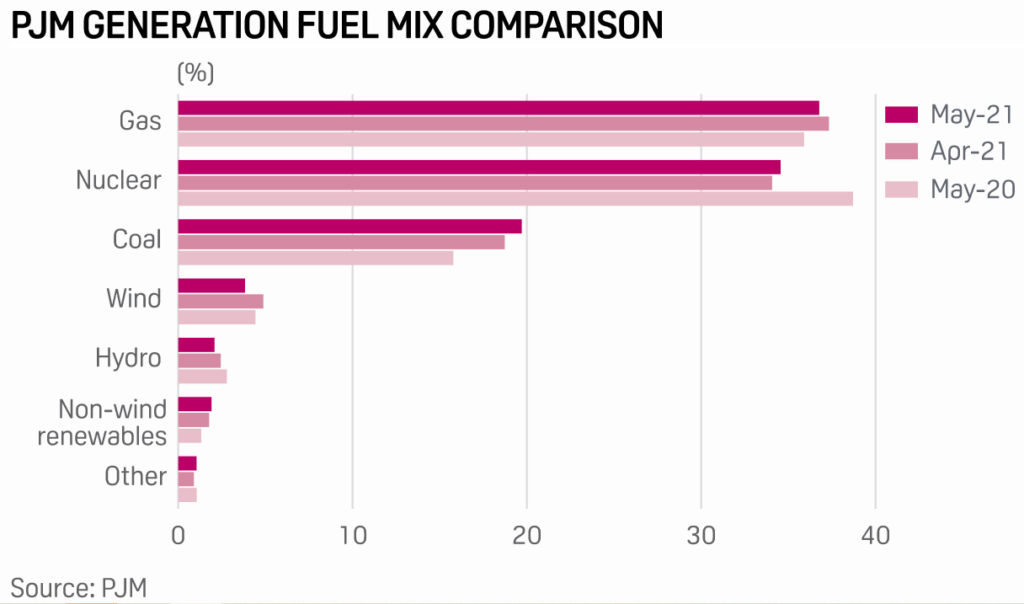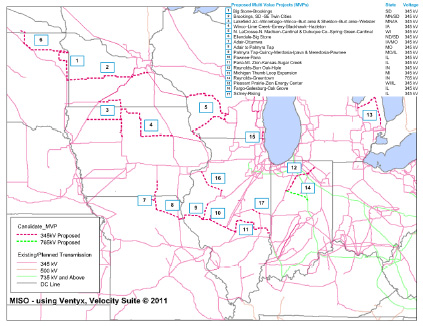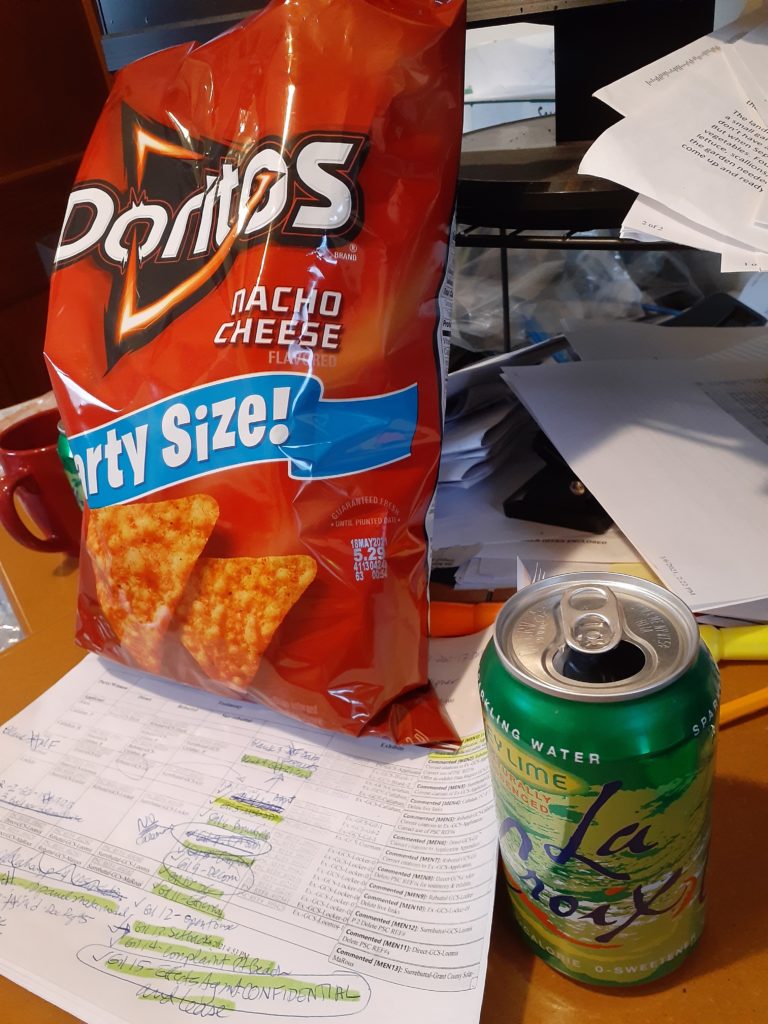RULES! PUC’s 7849 & 7850
October 12th, 2021

Can it be?!?! The rulemaking based on the 2005 statutory changes was published in the state register today. TODAY… 2005… SIXTEEN YEARS, and NINE YEARS since this 12-1246 docket was opened. Comments are due by November 17, more on that below.
The Public Utilities Commission did one hell of a job delaying until BILLIONS of CapX 2020, a/k/a CapX 2050 and Grid North Partners and MTEP MVP projects were rammed through. Public interest anyone? Naaaaaaah…
Here it is — First the Notice (60 page service list!), then Statement of Need and Reasonableness (SONAR) and then the proposed rules (yeah, 120+ pages):
Comments are due November 17th:

Here’s the catch — they are planning on putting these through without a hearing before an Administrative Law Judge, UNLESS there are at least 25 requests for a hearing — I think that can be arranged. Here are the details, note that they must be “valid” requests, which means explain in short what you want differently in the rules:

ONWARD! SIXTEEN YEARS… UNREAL!
AG’s Office tells gas utilities where to go!
July 6th, 2021

The Office of Attorney General’s Residential Utility Division (OAG-RUD) has told the gas utilities in search of recovery for its EXTREME supply expenses during the natural gas price spike in February where to go… or more correctly, where NOT to go — that this should NOT come out of ratepayer pockets — that it’s the on the shareholders. YES! Love it when this happens.
The Minnesota Public Utilities Commission has an “investigation” into the massive gas price spike in February, and how the huge price spike and increased costs should be handled (Many other states’ Commissions have opened an investigation too). Thus far, it’s appeared that the Commission’s intent is to pass it on to the ratepayers and spread it out so it’s not so painful. But not so fast folks! It’s so heartwarming to read a pleading, particularly one filed by Office of Attorney General – Residential Utilities Division, where they say “NO!”
Read it HERE:
There are three ongoing dockets at the Minnesota Public Utilities Commission looking at the “gas crisis” from February.
Now pay attention, because this HUGE gas spike was only 2-3 days:

Some background Legalectric posts:
Texas — it’s a gas — natural gas… DOH! February 17th, 2021
It’s still a GAS! February 28th, 2021
The PUC is looking at a few questions, but what troubling is that the Commission seems to presume that the utilities will recoup from ratepayers! This presumption was evident in previous Commission meetings, and was disturbing, to put it mildly!
There are three dockets trudging along on the same path, and to look at all the filings go to eDockets and look up the dockets:
- 21-135
- 21-138
- 21-235
In May, the Commission issued another Notice of Comment Period and noted these issues, followed by a laundry list of topics for comments:

The AG’s Office minced no words and told them “NO!” For example:

Once more with feeling — ENJOY!
OAG_20217-175863-02
I’m particularly interested in storage, because a client lives above Minnesota’s only gas storage dome, an at least 10 square mile just north of Waseca, with 7 billion c.f. of natural gas stored below. A gas intermediate (not peaking) plant was proposed there, first a very small one, then one 10 times that in MW, and thankfully neither was built.

Knowing about that storage (and too many Minnesotans do not), storage was the focus of my comment in this docket last February:
OAG-RUD did address the failure of the gas utilities to utilize storage:



Bottom line to the OAG-RUD?


Coal ramping UP! Xmsn shipping it OUT!
June 24th, 2021

From a post about 2,100 MW of new transmission:
Developers of 2,100 MW MISO-PJM transmission line choose engineering firm
Let’s think about this a bit. This is a MISO to PJM transmission project. Transmission serves what’s on the line. In MISO, (see above) it’s coal, followed by natural gas, both fossil fuel, and those two followed by nuclear, the most toxic, dangerous, and expensive generation.
Amid all the bluster about climate change, coal generation has ramped up over the last year. Factor to consider — in May of 2020, not much was happening anywhere, so increased generation from then seems likely, to be fair, we need comparison to 2019, BUT, clearly the coal plants are NOT being shut down. And with our transmission build-out over the last 20 years, they can ship and sell it anywhere. What is it going to take to get this fossil generation shut down?
And look at PJM’s mix:

And again, much of the coal in PJM was smaller plants, except for that monster in West Virginia, smaller plants that were too expensive to run, not at all marketable, so they were shut down. MISO is another story, with large coal plants, transmission to get it from any Point A to Point B, and probably the last coal plant to be built, Warren Buffet’s 700MW MEC coal plant, served by the transmission build-out through southern Minnesota and across Iowa.


Why would we need more transmission? WE don’t. THEY DO, it’s a major part of their new business plan. As Lisa Agrimonti so aptly stated in a recent Grid North Partners Conference, it used to be about NERC reliability criteria, “a pretty simple story,” but now, “we need this transmission line to deliver energy more broadly” and it’s a more complicated need story.
Yeah, that’s what they’re wanting to do, for sure!

With the change from reliability to the general “we want it” corporate greed = need, how can a project be challenged?
Soon… Freeborn Wind appeal
April 14th, 2021

Grant County Intervenors’ Briefs
March 8th, 2021

Whew, time to take a breather. We had two briefs due at 1:30 p.m. today, and got them filed with 1/2 hour to spare! Let’s hear it for the power of Doritos! (Only way I got through Contracts and Corporations in law school was a two-fisted supply of Doritos and Haagen Dazs)

Here are our Grant County Intervenor briefs. Here’s the one for the Grant County Solar docket focusing on the CPCN application for that one project, followed by Applicant-Grant County Solar/NextEra:
And our non-party brief in the WP&L acquisition docket for SIX solar projects covering over 5,400 acres, followed by the others:
ZZZZZZZZZZZZZZZZZZZZZZZZZZZZZZZZZZZZZZZZZZZZZ